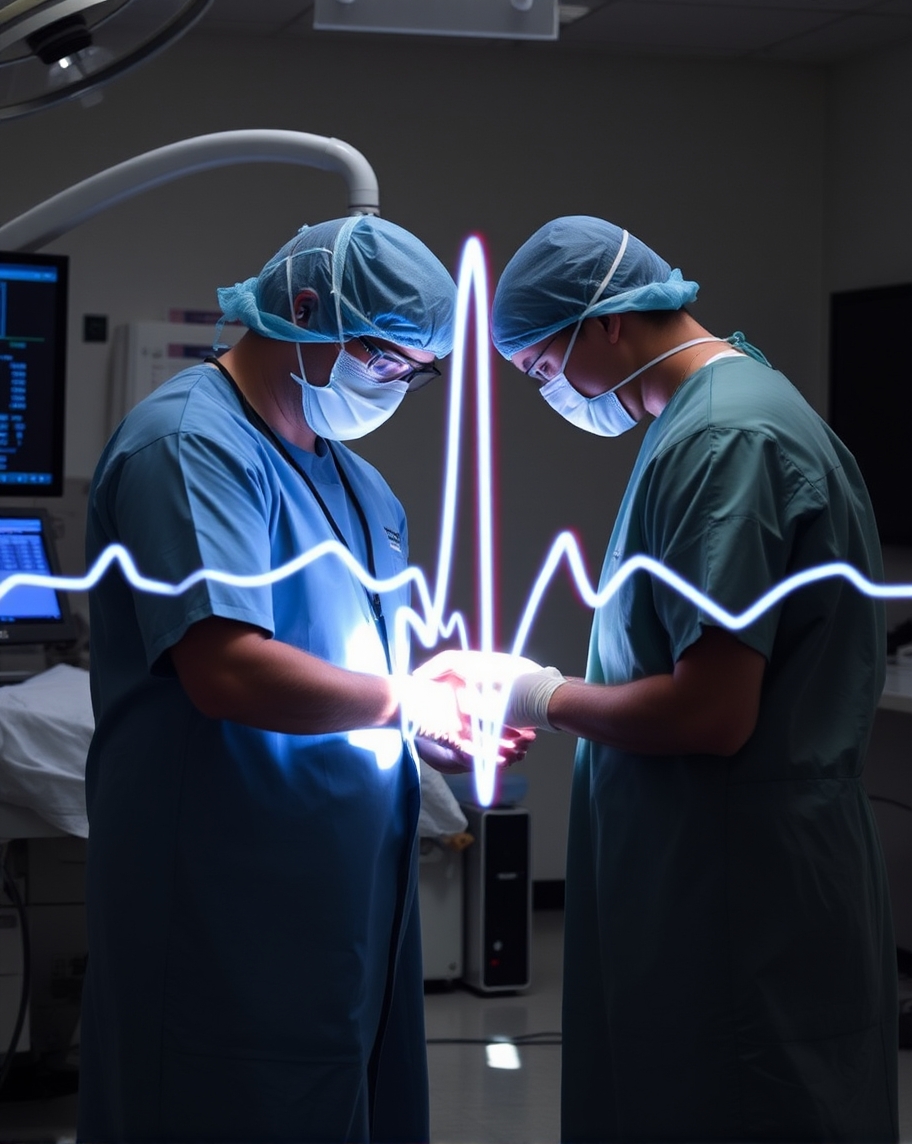Uncategorized
The Pulse Revolution: How Monitoring Your Heartbeat is Shaping the Future of Medicine #4

Are Modern Sensors as Reliable as the Stethoscope?

One key debate in modern medicine is whether advanced pulse sensors can replace traditional tools like the stethoscope. Devices such as photoplethysmography (PPG) sensors, found in wearables, use light to detect blood volume changes in the skin, providing continuous pulse readings. But are these technologies as reliable as hands-on methods? Studies show that while they offer convenience, their accuracy can vary based on factors like skin tone, motion artifacts, and device positioning. Traditional pulse measurement, though less high-tech, remains crucial in many clinical settings, particularly in emergency care.
Next article: How are these tools being used to detect early signs of serious diseases?
-

 Uncategorized5 months ago
Uncategorized5 months agoThe Pulse Revolution: How Monitoring Your Heartbeat is Shaping the Future of Medicine #8
-

 Uncategorized5 months ago
Uncategorized5 months agoThe Pulse Revolution: How Monitoring Your Heartbeat is Shaping the Future of Medicine #14
-

 Uncategorized5 months ago
Uncategorized5 months agoThe Pulse Revolution: How Monitoring Your Heartbeat is Shaping the Future of Medicine #9
-

 Uncategorized5 months ago
Uncategorized5 months agoThe Pulse Revolution: How Monitoring Your Heartbeat is Shaping the Future of Medicine
-

 Uncategorized5 months ago
Uncategorized5 months agoThe Pulse Revolution: How Monitoring Your Heartbeat is Shaping the Future of Medicine #15
-

 Uncategorized5 months ago
Uncategorized5 months agoThe Pulse Revolution: How Monitoring Your Heartbeat is Shaping the Future of Medicine #6
-

 Uncategorized5 months ago
Uncategorized5 months agoThe Pulse Revolution: How Monitoring Your Heartbeat is Shaping the Future of Medicine #10
-

 Uncategorized5 months ago
Uncategorized5 months agoThe Pulse Revolution: How Monitoring Your Heartbeat is Shaping the Future of Medicine #13

